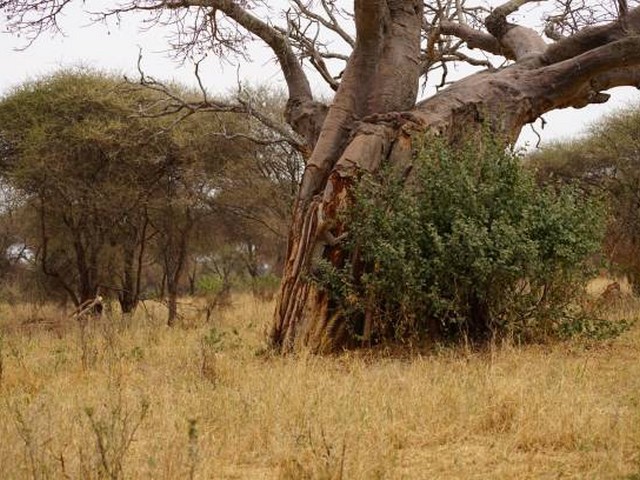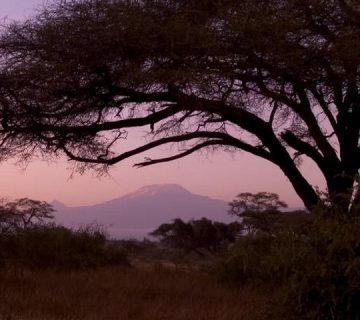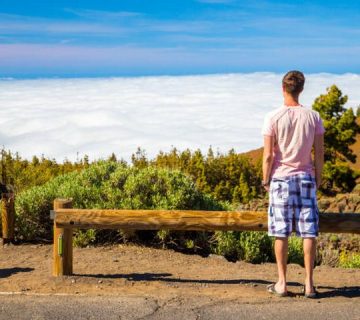Kilimanjaro Trekking with Sustainable Travel Companies: A Path to Conservation and Adventure
The Call of Kilimanjaro: Why Choose Sustainable Travel?
Mount Kilimanjaro, the towering peak that stands as Africa’s tallest mountain, beckons adventurers from around the globe. Its snow-capped summit and diverse ecosystems offer a unique blend of natural wonders, cultural richness, and challenging treks. However, as the popularity of Kilimanjaro climbs increases, so does the impact on its delicate environments and local communities. This is where sustainable travel companies, like Kilimanjaro Centre for Trekking and Ecotourism (KCTE), step in—ensuring that your journey to the roof of Africa contributes positively to both nature and people.
Choosing a sustainable travel company for your Kilimanjaro trek isn’t just about an ethical commitment; it’s about enhancing your experience and ensuring that future generations can also enjoy the majestic beauty of this mountain. Let’s delve deeper into why trekking with a responsible operator transforms your climb into a truly impactful adventure.
Sustainable Trekking: What Does It Look Like?
Protecting Natural Habitats and Wildlife
At KCTE, sustainable trekking means adhering to practices that protect and preserve Kilimanjaro’s ecosystems. This includes following established trails to prevent soil erosion, managing waste effectively to keep the mountain clean, and respecting wildlife by maintaining a safe distance and minimizing noise pollution.
Supporting Local Communities
Sustainable travel companies prioritize hiring local guides and porters, providing fair wages, and contributing to local economies. By choosing KCTE, trekkers are directly supporting the communities around Kilimanjaro, whose livelihoods are intertwined with the influx of tourists.
Promoting Cultural Respect and Exchange
Understanding and respecting the local Chagga culture is paramount. Sustainable tours include educational components where trekkers learn about local customs, participate in traditional meals, and, if interested, partake in community visits that foster genuine cultural exchange.
Why Trek with Kilimanjaro Centre for Trekking and Ecotourism (KCTE)?
Expertise and Safety
KCTE boasts a team of experienced, certified guides knowledgeable in both high-altitude trekking and environmental conservation. Safety is paramount, and our guides are trained to handle altitude sickness and other health concerns, ensuring a safe and enjoyable climb.
Eco-Friendly Practices
We are committed to minimizing our carbon footprint. Our strategies include using renewable energy sources where possible, reducing plastic use, and ensuring that all trash is carried off the mountain. KCTE also participates in reforestation initiatives, helping to combat deforestation in the Kilimanjaro region.
Community Involvement
KCTE is not just a tour operator; we are a part of the Kilimanjaro community. A portion of our proceeds is invested in local projects, such as school renovations and water conservation programs, creating a lasting positive impact.
Choosing Your Route: Tailoring the Kilimanjaro Experience
Kilimanjaro offers several routes, each with its own unique characteristics and challenges. From the popular Marangu and Machame routes to the scenic Lemosho and the rugged Rongai, KCTE helps trekkers choose the path that best suits their needs and desires. Whether you’re looking for a leisurely pace with comfortable accommodations or a rugged, off-the-beaten-path adventure, we tailor the trek to meet your expectations and physical condition.
Preparing for Your Trek: Tips for a Successful Climb
Physical Preparation
Kilimanjaro is a demanding climb, and proper physical preparation is key. Include cardio, strength training, and hiking in your pre-trek routine to ensure you’re in the best shape to enjoy the journey.
Gear and Packing Essentials
Packing the right gear is crucial. Invest in good quality, sustainable gear, or rent from reputable sources. Essentials include a warm sleeping bag, sturdy boots, layered clothing, and a durable backpack. KCTE offers gear rental options that meet our sustainability standards.
Mental Readiness
Mental stamina is just as important as physical preparation. Be prepared for challenging days, and maintain a positive mindset. Remember, climbing Kilimanjaro is as much about the journey as it is about reaching the summit.
FAQs: Kilimanjaro Trekking with KCTE
Q: How long does it take to climb Kilimanjaro?
A: Most routes take between 5 to 9 days, depending on the route and pace.
Q: What is the best time to climb Kilimanjaro?
A: The best times are during the dry seasons, from June to October and from December to March.
Q: Do I need prior climbing experience?
A: No, but good physical fitness is necessary. KCTE offers pre-climb training advice and support.
Q: How does KCTE ensure environmental sustainability?
A: Through strict waste management protocols, energy conservation measures, and supporting local conservation initiatives.
Q: Can KCTE accommodate dietary restrictions?
A: Yes, we provide meal plans that cater to various dietary needs, ensuring all trekkers have nutritious and satisfying meals throughout their climb.
Your Next Steps to Adventure
Embarking on a Kilimanjaro trek with Kilimanjaro Centre for Trekking and Ecotourism isn’t just about achieving a personal milestone; it’s about contributing to a greater cause. You’re not only choosing an adventure of a lifetime but also supporting ecological preservation and community empowerment.
Are you ready to take the step towards a sustainable adventure with unforgettable impact? Visit our website, explore our Kilimanjaro trekking options, and book your climb with Kilimanjaro Centre for Trekking and Ecotourism (KCTE) today. Together, we can make your dream climb a reality, fostering respect for our planet and its cultures.
Embrace the spirit of Kilimanjaro, where every step supports sustainability and every breath captures the essence of untamed wilderness. Join us on this remarkable journey.




